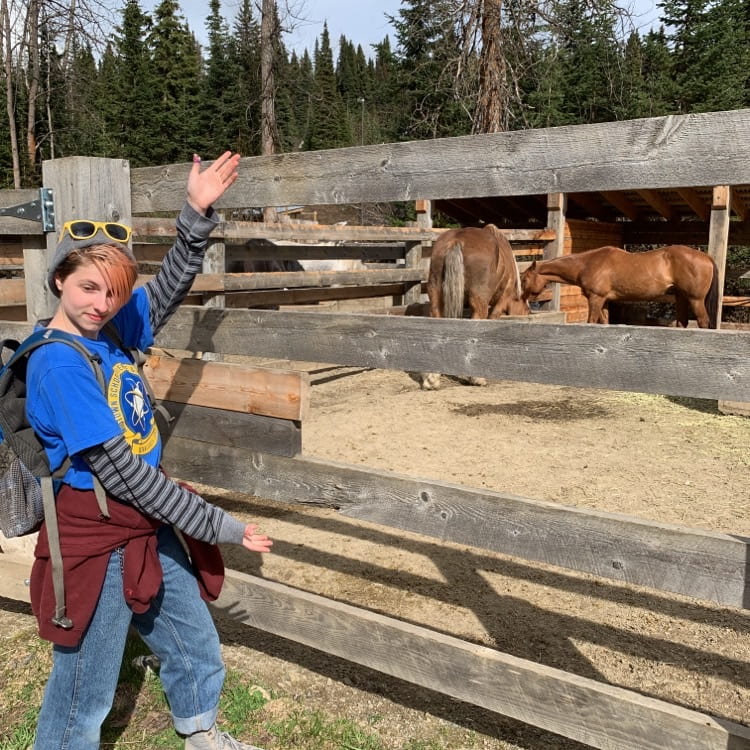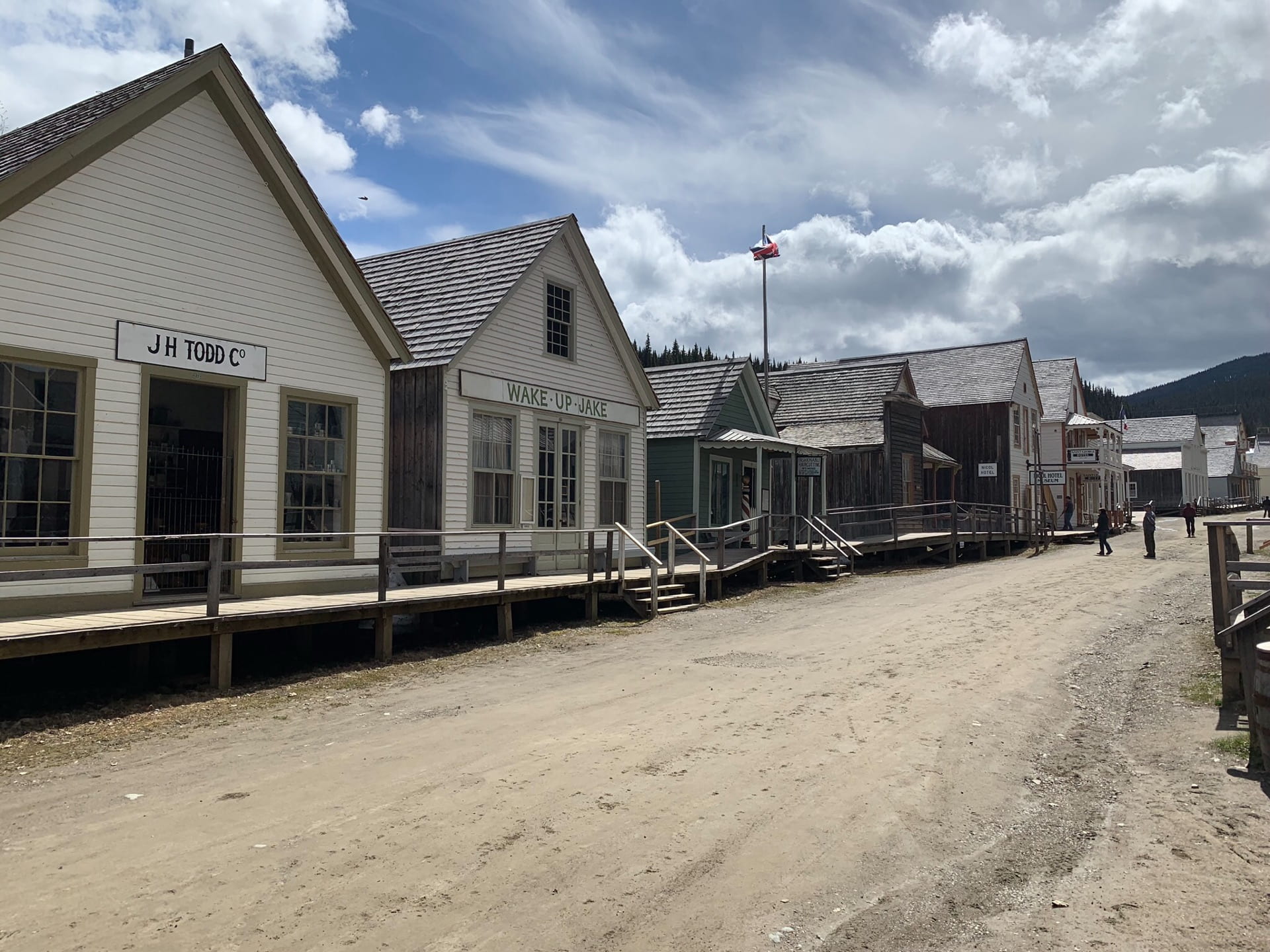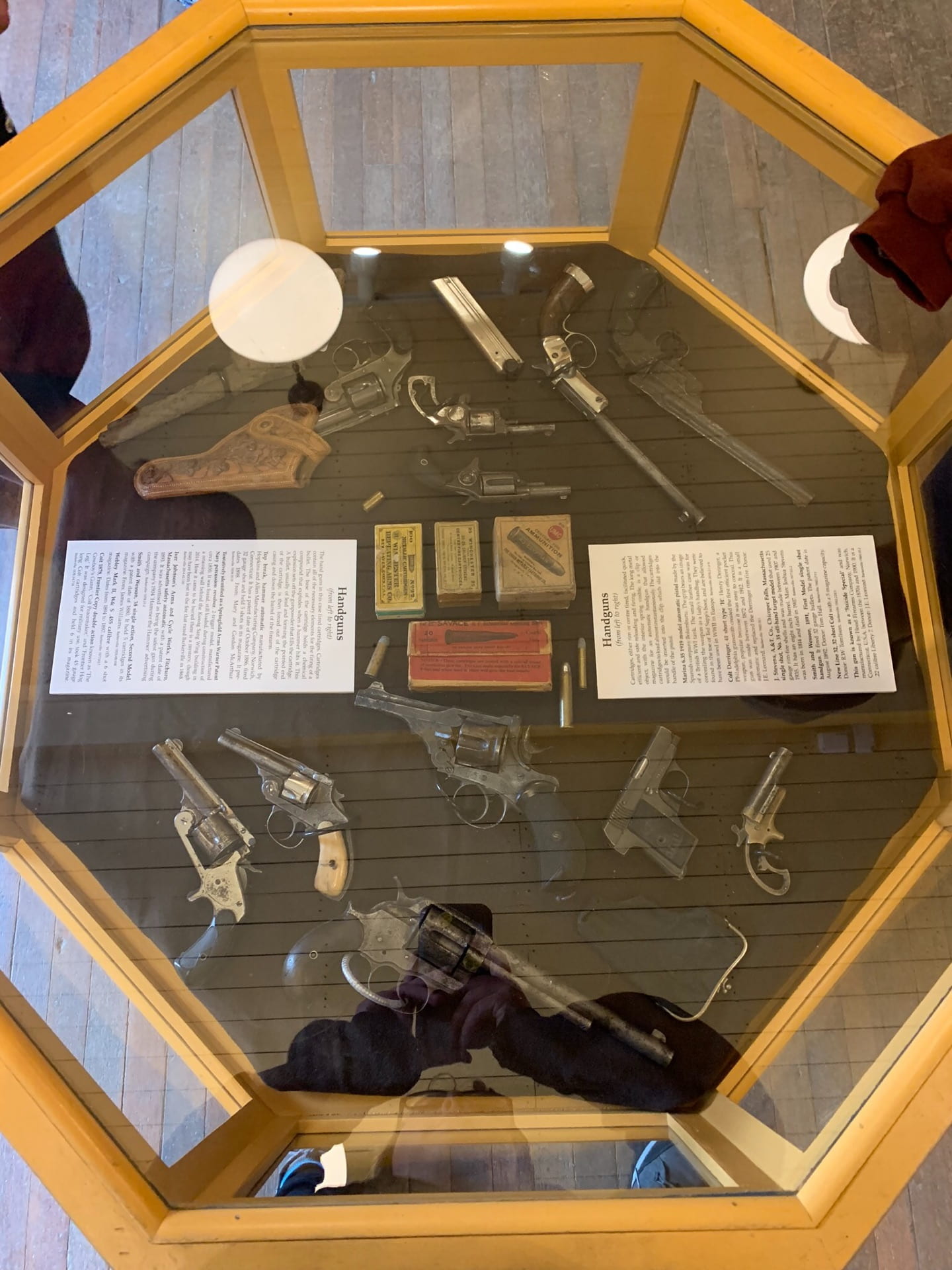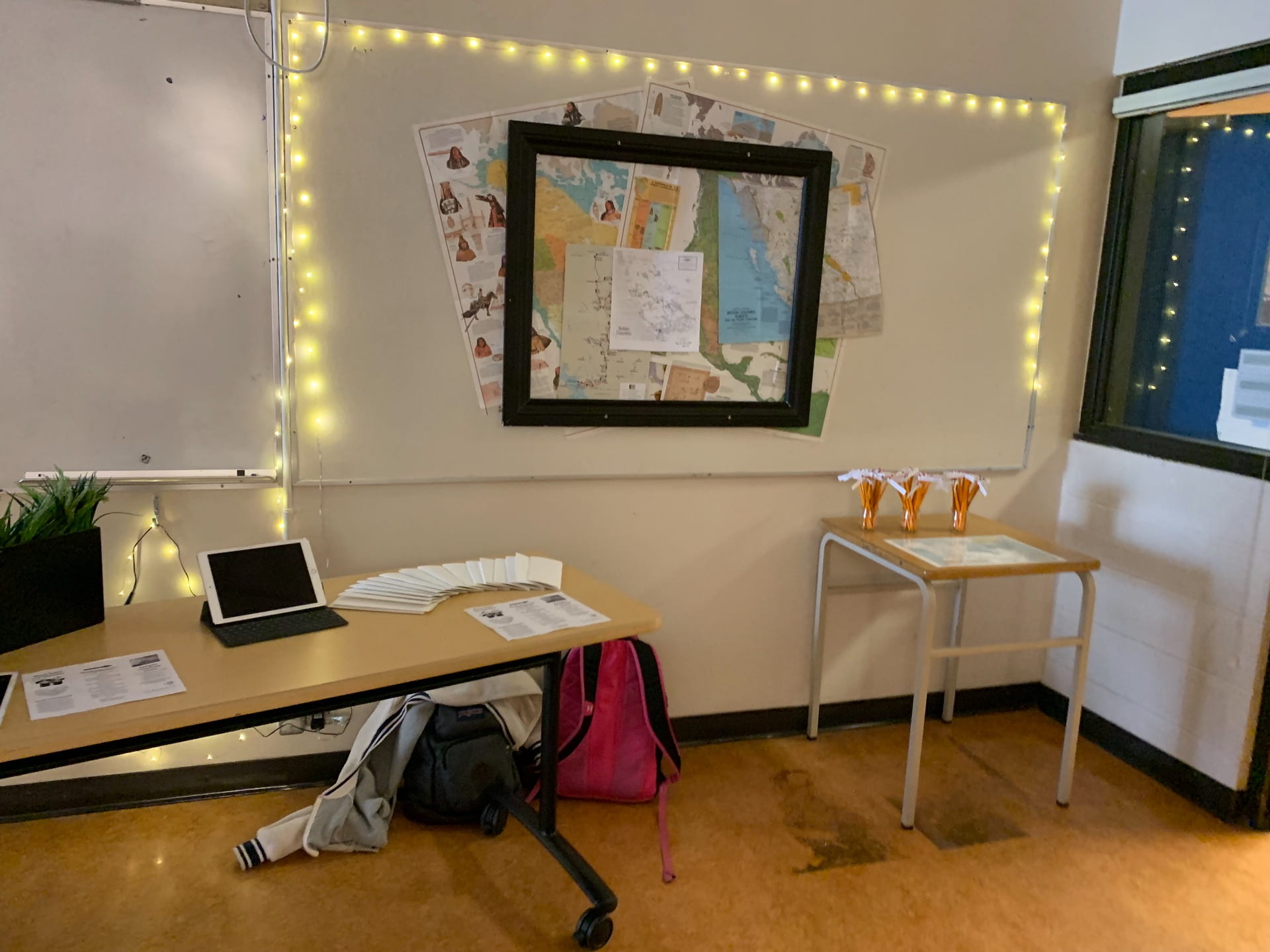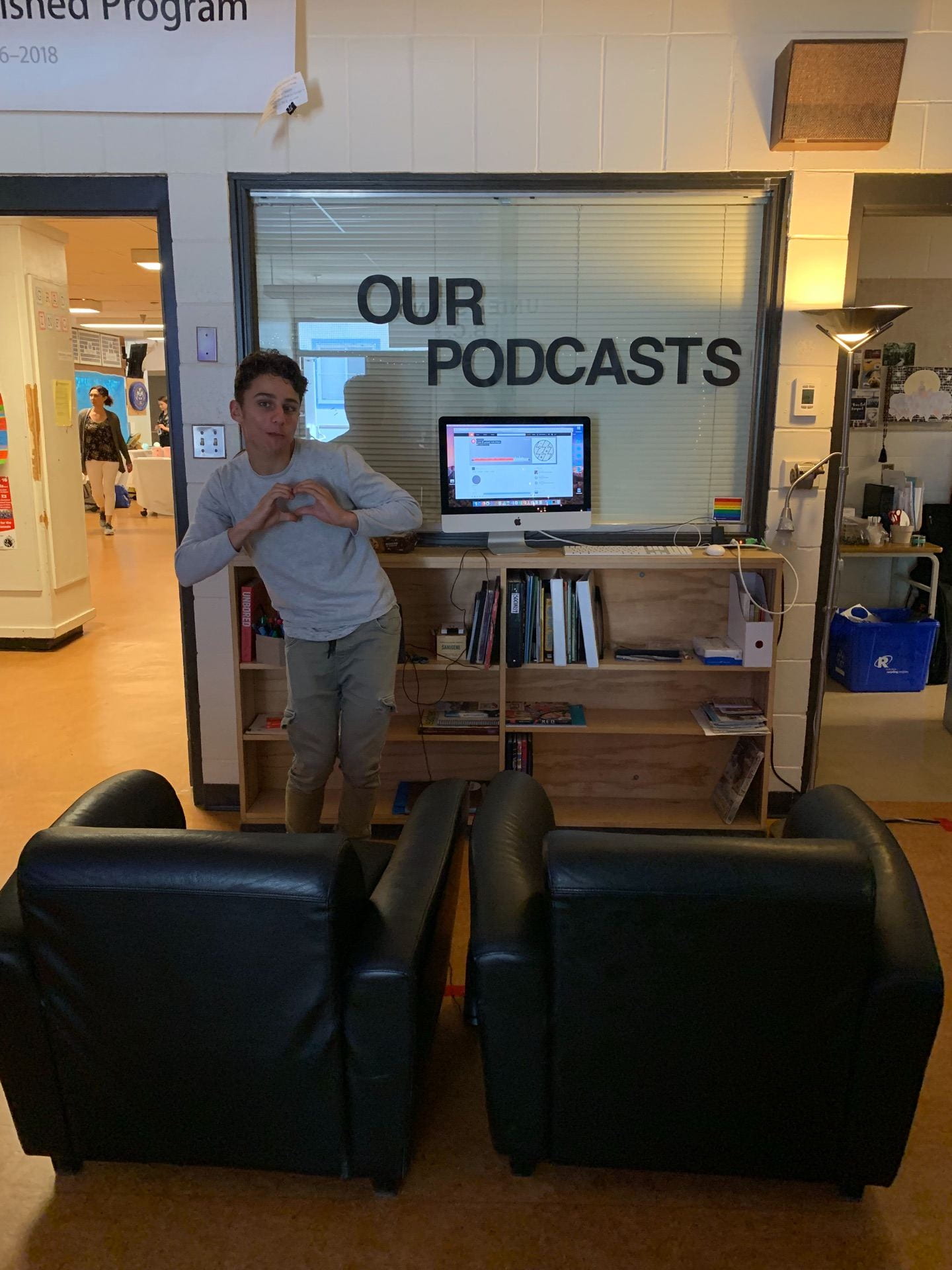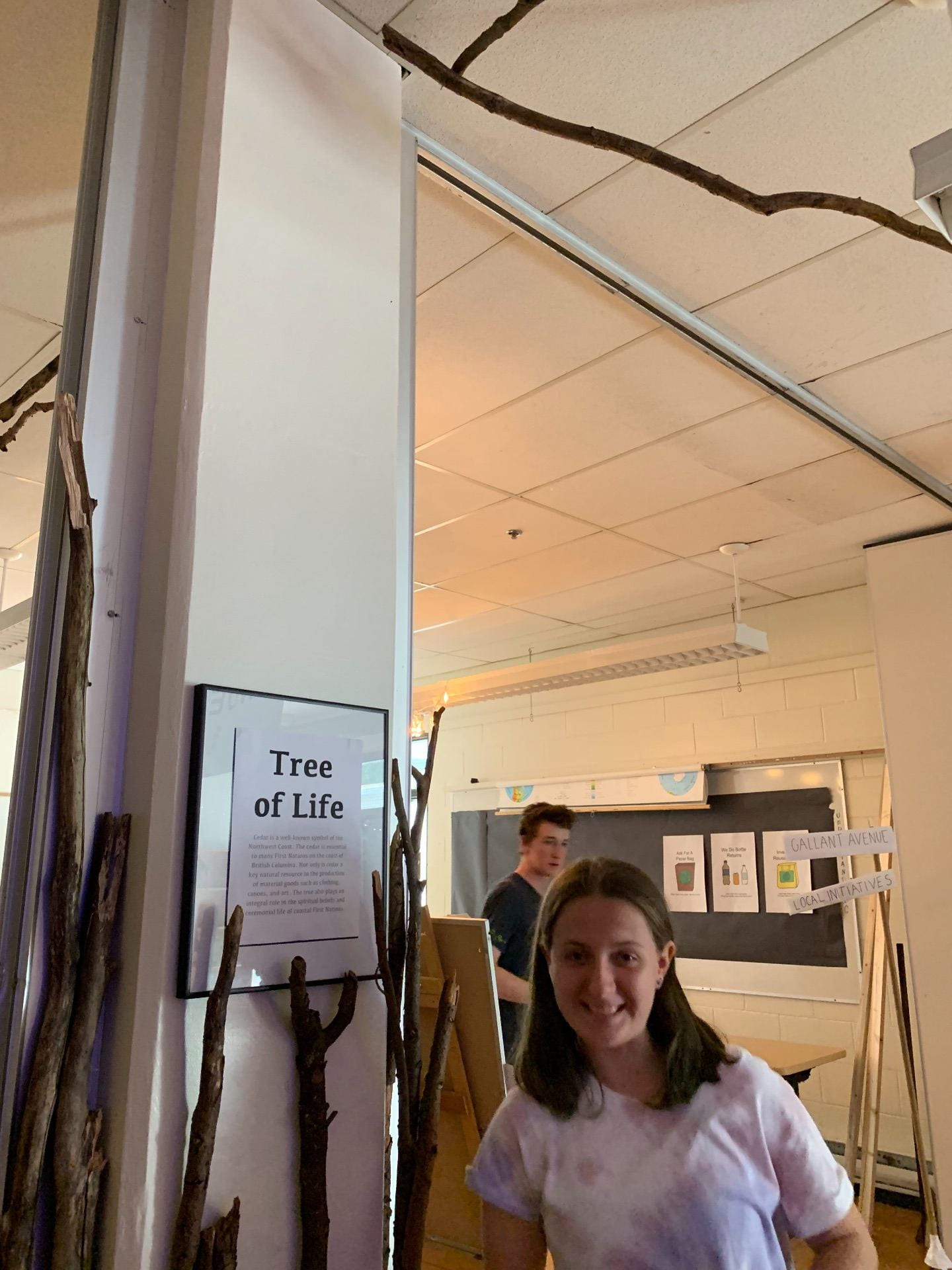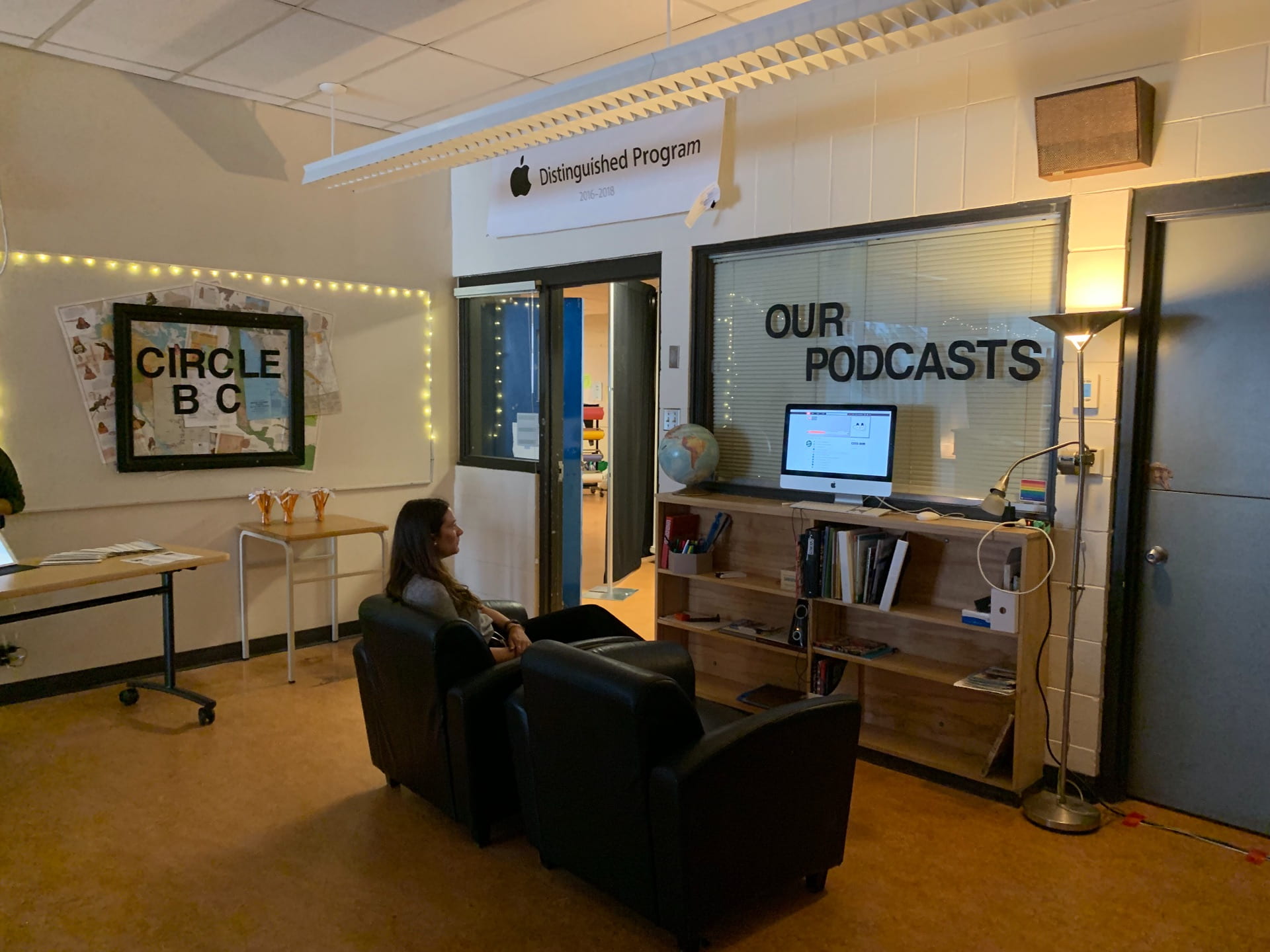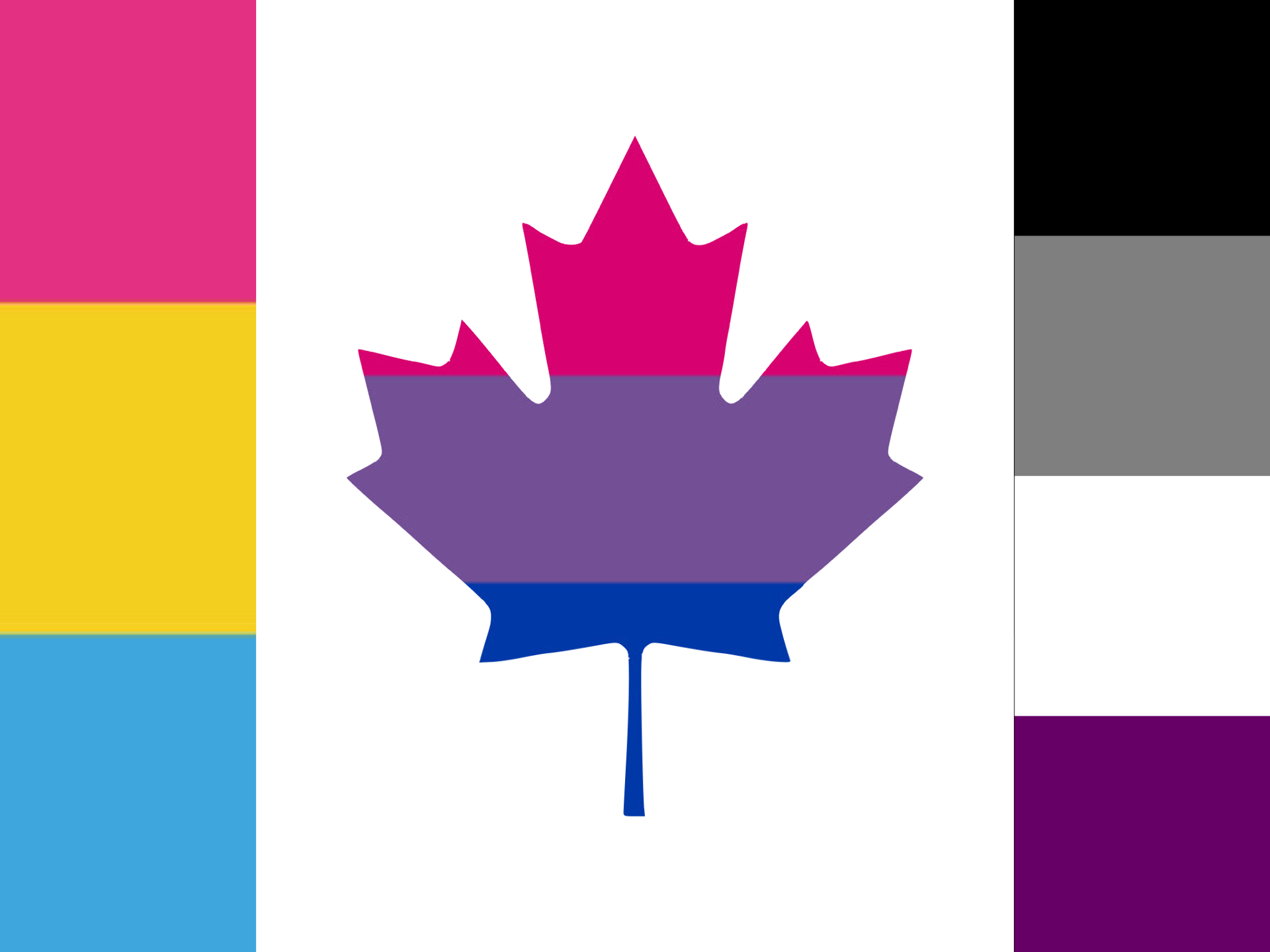Grade 10. What a year. I’ve learned so much. The biggest highlight of the year was probably the Circle BC trip.

Circle BC was a 12 day road trip to some of the coolest places BC has to offer. From Vancouver, up to Prince George, over to Prince Rupert, with a 22 hour ferry ride back down the coast. This trip was also the inspiration for our Exhibition this year. As such, this post will talk about it all.
Circle BC
This trip was definitely the best PLP trip I’ve done so far. It was amazing to explore our province, and to see what it has to offer. As this was a 12 day trip, I’m only going to be talking about the highlights for me, but check out some of the other PLP 10 circle bc posts to learn some more!
Learning
The place that I learned the most at was Barkerville. We spent 2 full days exploring the heritage site, full with costumes and interpreters. We did a bunch of cool school-group things, like a court room session where Kai was on trial, and a school house lesson where all the girls had to wear bonnets! It was interesting to see BC’s past in this way. I was most interested in the gender roles, and how their were so many rules for women and what they had to wear. Learning by experiencing was why I wanted to join PLP, and this stop was full of that!
Reflected on Canada
This was a big one. There were many places that made me do a lot of this, including many of the First Nations focused stops. The biggest one, though, was probably the Port of Prince Rupert Interpretive Centre. It was there I realized just how much Canada’s exports mean to BC, and how many jobs this market creates. It also made me think about what we are doing to protect the environment with this, or really how little. Some of the technologies that you think would be so much more advanced, like devices to record sound pollution, are only just being installed now. The stuff that the ports are doing, while benefiting Canada and many Canadians, could be really screwing up our environment.
Place I’d Go Back To
Onto a happier note, the place is like to go back to is probably the Nass Valley. I learned so much up there, and there is still more to experience! One thing I definitely want to go back and do is the 3 km hike to see the crater. We didn’t do it in the trip due to time restrictions, but I think it would be so cool. After the hike, I’d want to go back to the Aiyansh Hot Springs, a natural hot springs. I’ve always really liked natural hot springs, so this was super cool.
Most Fun
The most fun I had on the trip was definitely on the Khutzeymateen Grizzly Bear Tour. First of all, it was on my birthday, so that was pretty great. Also, I learned I really like boats. It was a seven hour tour, where the boat took us to near the edge of the Khutzeymateen Grizzly Bear sanctuary, where grizzly bears live completely untouched by humans. On the boat we were near, but not right at the reserve. We saw like 9 Grizzly bears, it was amazing! I’m really glad we were on the boat, though. Grizzly bears are huge. I had such a cool time hanging out with friends on the outside deck and looking for wildlife.
On the way back to Prince Rupert, we saw 2 whales! It was awesome! We also saw seals, sea lions, and a whole bunch of eagles. That is a 16th birthday I will never forget! Oh, also, the teachers bought me a cake, so that was pretty cool too!
Exhibition
Now that I’ve rambled along about the trip, it’s time to get to the Exhibition. But first, here’s a podcast to introduce you to the idea.
This podcast was done during the actual Circle BC trip. The first draft was actually due on the ferry from Nanaimo to Vancouver. So a lot of us, me included, did the editing and everything on the 22 hour ferry ride. Due to this, on our first drafts the audio quality kinda sucked. Luckily, though, I had been recording tons of audio from the trip, and was able to work that into the first draft. That made it better, in my opinion. This podcast was definitely something, man.
For the actual exhibition, as you may know, we have to have an artifact. So I had this idea, about First Nations Oral Traditions, but I didn’t know how to present this. I spent many hours trying to come up with ideas, and then finally, it hit me.
I couldn’t tell the stories myself, because I don’t know the stories, and I didn’t want to mess something up, or have them be culturally appropriated. So instead, I decided to create something where people can find out where to learn about First Nations oral traditions. It’s actually on this very blog!
I created a separate page, called First Nations Oral Histories Resources. On this page, which you can visit yourself, holds as much knowledge as I can find. Each nation has a labeled image, and when you click on it, it takes you to a post where you can find books and websites with First Nations traditional stories.
Some of these were very hard to find. I did find at least one thing for each nation, but it was very difficult. I think this is because most First Nations stories are told orally, and many are specific to families. Because of this, many aren’t written down.

I’m really happy with how this project turned out. Not only did I learn so much about First Nations oral histories, I mad something that people can visit and learn about them. I feel like this made an impact, no matter how small, and I really hope this will help people in the future.
The night of the exhibition went really well. Our groups theme was education, so we didn’t really have to do tons. I’m really proud of a couple things I did for our room, though. First, we wanted to have some sort of intro at the beginning. I wrote that, with some help from Ms. Maxwell, and it went at the entrance. How many people actually read it, I don’t know.
The other thing I’m pretty proud of is my pencils. We were the education theme, so I wanted to give people something that was kinda educational. So we got pencils, and I got a bunch of places that we went to, and made them like little flags on the pencils, so people could get a pencil and learn about some of the places we went! Again, not a lot of people took pencils, but they made me happy!
If I were to go back and do this project again, with all the time in the world, I think I would have liked to contact each of the nations, and asked them if they had oral traditions they wanted to share, or if they knew of more places to find them. Maybe also putting these contacts in the post, so people could learn about the stories right from the people.










